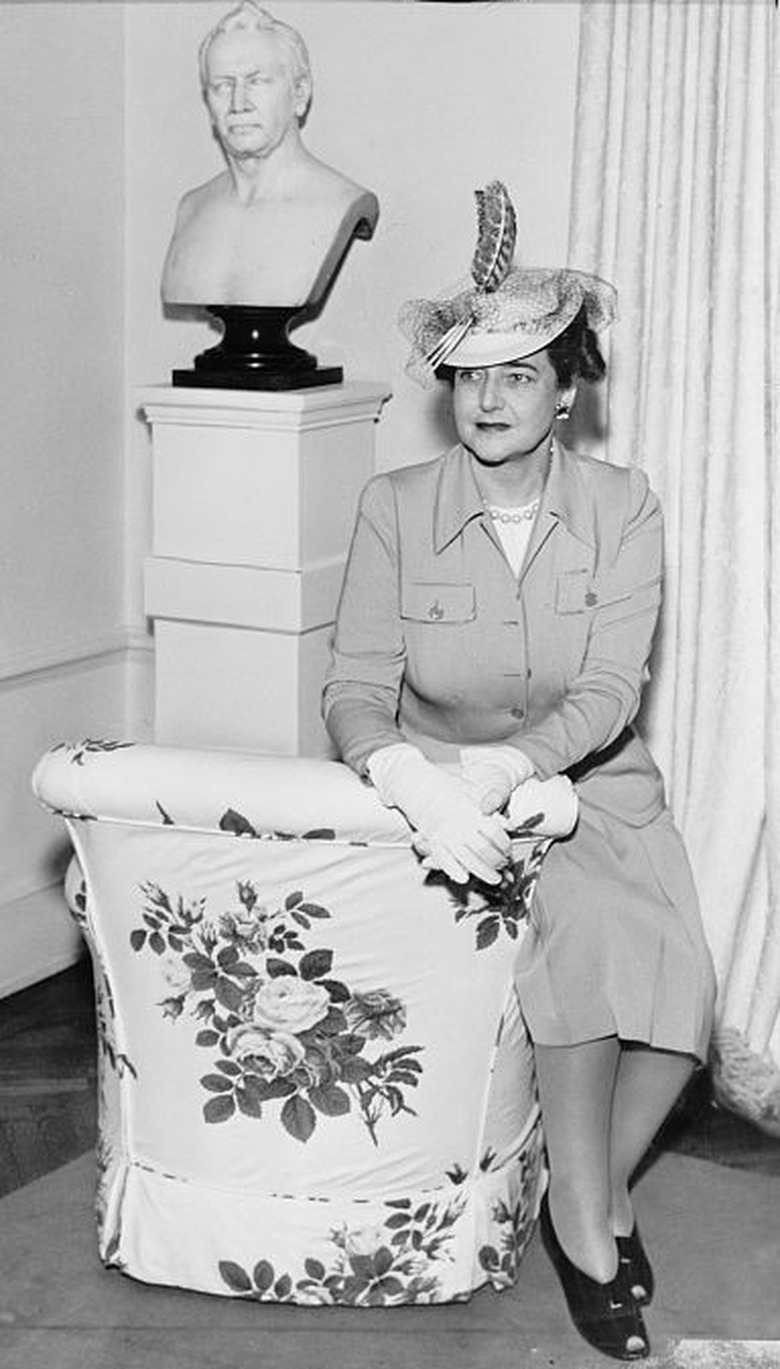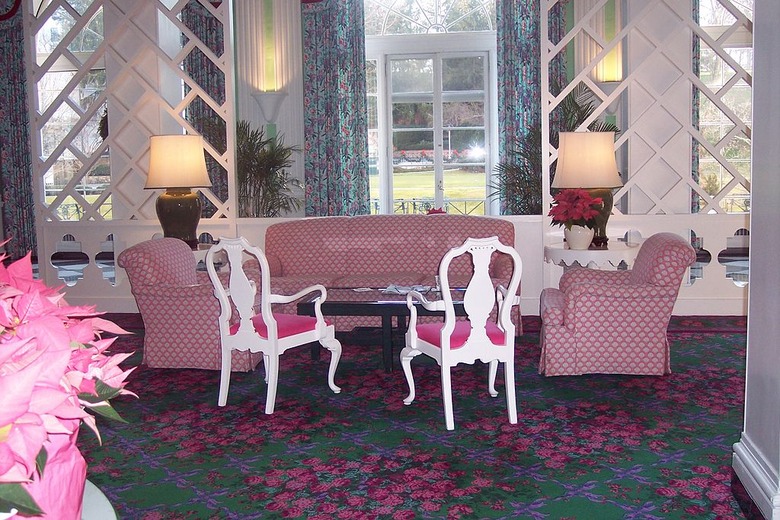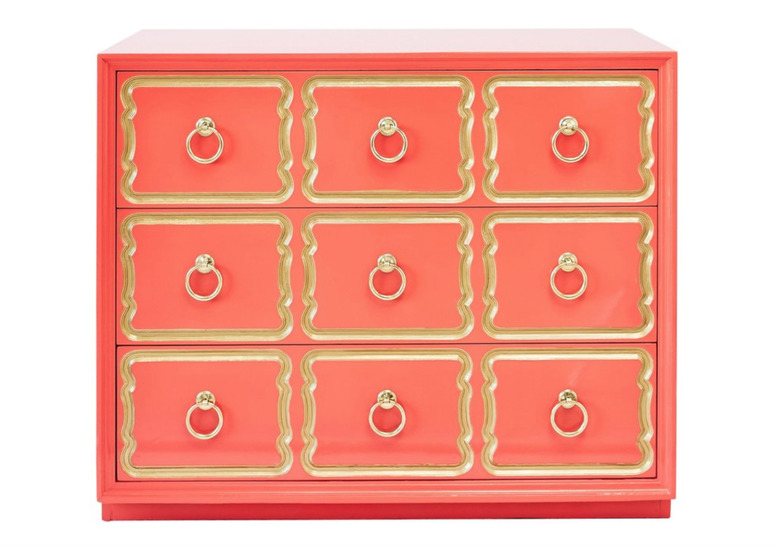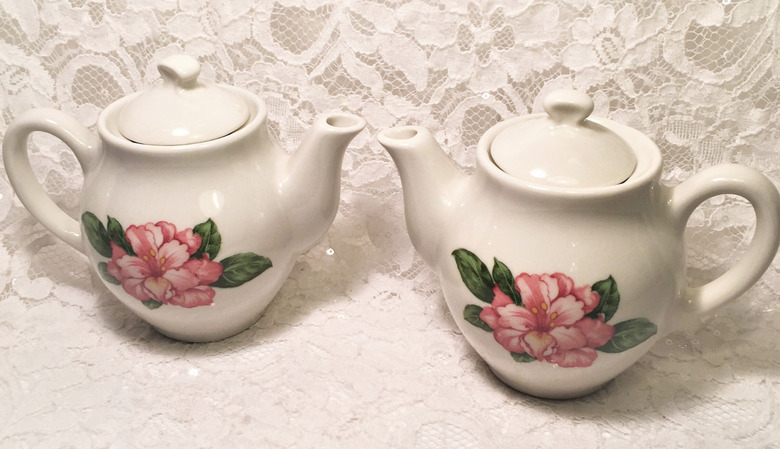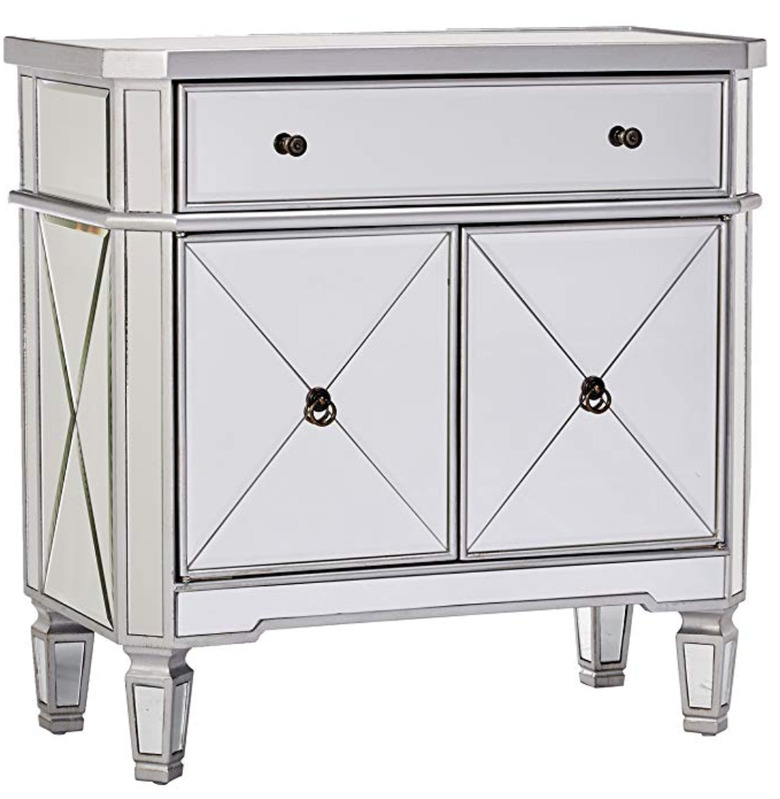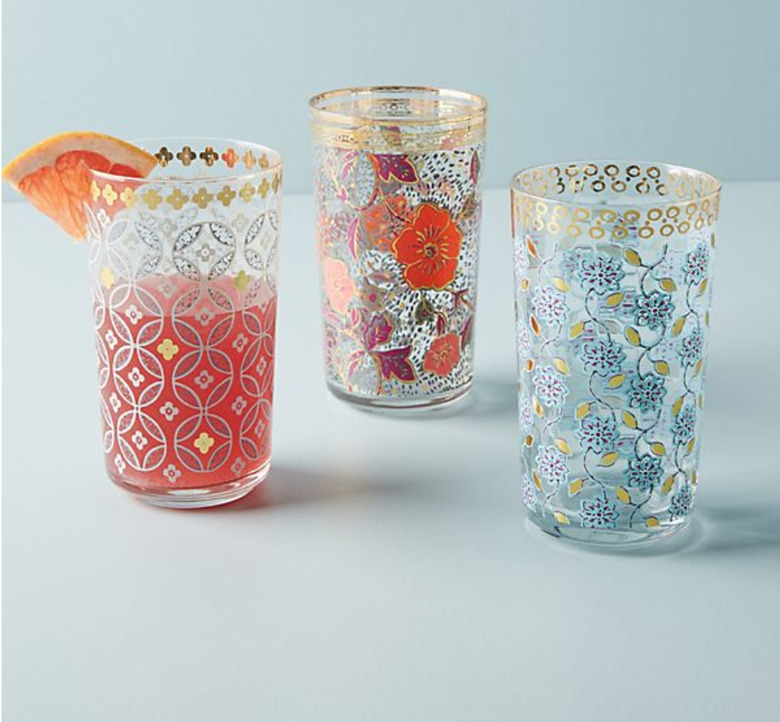The Exuberant Maximalism Of This Postwar Designer Feels More Relevant Than Ever
We may receive a commission on purchases made from links.
"Have you ever considered how much pure stuff and nonsense surrounds this subject of interior decoration? Probably not," Dorothy Draper mused on the very first page of Decorating is Fun!, her 1939 treatise on the subject of interior design. "Almost everyone believes that there is something deep and mysterious about it or that you have to know all sorts of complicated details about periods before you even lift a finger. Well, you don't."
All you needed, Draper believed, was yourself and your own taste: What good was a prescribed style if it made you unhappy? Or worse, uncomfortable in your own living room? Of course, if you didn't yet know what your own taste was, Draper was happy to share hers. Often called "modern Baroque," the Draper style was one of exuberance: Why paint something taupe when you could paint it shocking pink? Why have a wooden dining table when you could have one done up in black lacquer? As the art deco styles of the 1920s gave way to the restrained fussiness of the Depression years, Draper made millions of dollars (and made herself famous) turning American hotels and apartment buildings into miniature versions of Versailles, defining the Hollywood regency styles that would dominate homes of the 1940s and '50s and reemerge decades later in the storefronts of designers like Jonathan Adler.
Born into a wealthy family (Dorothy was a distant cousin of Eleanor Roosevelt, and the two were friendly), Draper founded her first business, a design firm she called Architectural Clearing House, in 1925, but things really took off for her professionally in the early 1930s. Freshly divorced (and in need of money), she took commissions for sites like New York's Carlyle Hotel and a set of tenement apartments on Sutton Place — she encouraged the developers to paint the brick buildings in a sharp black-and-white color scheme and then moved in herself, pet Dalmatian in tow.
Newspaper columns about decorating and entertaining made Draper a household name, and in Decorating is Fun! she laid out a set of principles that, to the 2019 ear, sound remarkably modern. Rooms ought to be comfortable, she insisted, and decorated with objects that expressed a sense of wit and joy — "a lovely old mirror, a fragment of Greek sculpture, a red lacquer desk from France, just anything at all as long as it is out of the ordinary, and lovely." Most of all, she wanted her readers and acolytes to embrace color — cherry red, emerald green, and turquoise blue all got the Draper seal of approval.
She'd bring this philosophy to her biggest — and most expensive — project three years after the end of WWII when she agreed to oversee a total redesign of West Virginia's Greenbrier Hotel, a hot springs resort most recently in use as a military hospital. The pink and green sitting rooms and black-and-white tiled floors represent the apex of Draper style, and the hotel remains a site of pilgrimage for design aficionados today. While Draper's ideas about what a home ought to look like quickly found traction in many upscale suburbs, they also fell out of fashion as the sleek modern styles of the midcentury period came to replace the more ornate rooms styled by Draper and her devotees.
Still, design is, above all, cyclical — it's easy to see Draper's influence everywhere (palm leaf prints? All Dorothy!), and even easier to incorporate her ideas into new spaces.
For Draper superfans (or anyone with plenty of cash to spare), nothing beats owning something designed by the lady herself. This coral lacquer chest is similar to ones that resided in the bedroom of Joan Crawford and the office of Sex and the City's Samantha Jones.
If, like most of us, your budget isn't quite Joan Crawford-level, there are plenty of ways to get the Draper look without going broke, especially if you're willing to go vintage. These teapots you can get on Etsy were actually used at the Greenbrier restaurant and would be a great way to bring the cabbage rose Dorothy loved into your morning routine.
This Braziliance-inspired wallpaper from West Elm would look incredible in a small space like a bathroom or lining a staircase-adjacent wall.
If you're an Amazon Prime user, this glam mirrored console could be nestled in your living room as soon as this week.
Embossed with a fun pattern AND bright colors? Rimmed in gold? These Anthro glasses would be perfectly Draper on a midcentury bar cart.
